The Air-Purifying Indoor Houseplants
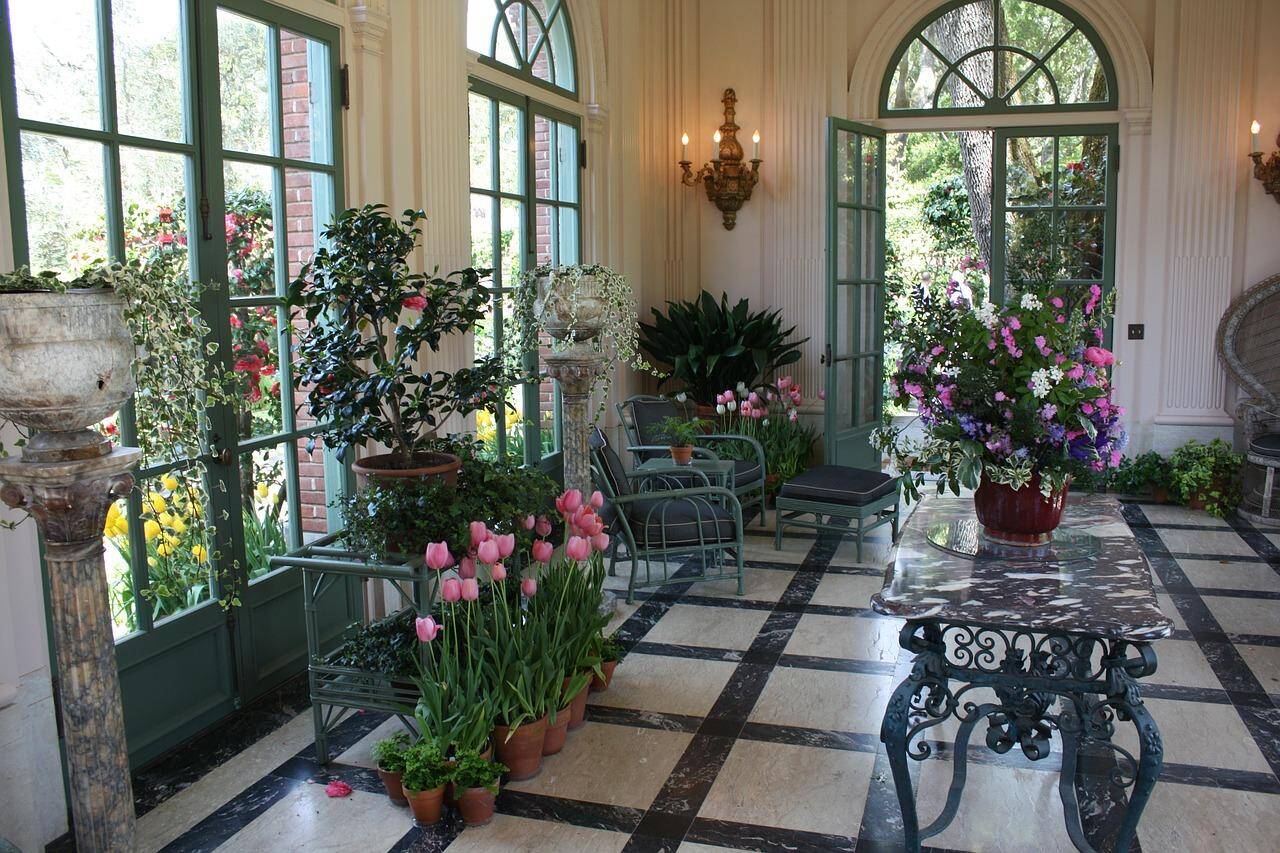

Given the depreciating air quality and lifestyle changes, there is an urgent need to watch the quality of air we breathe. Unfortunately, even our indoors, where we end up spending more than 90% of our time, are not spared of air pollutants.
In fact, a NASA report places indoor air pollutants among the top five environmental hazards to public health. Imagine being confined in an environment that is rife with air contaminants that build-up over time to volumes that are beyond what our bodies can take in.
But where do these pollutants come from?
Well! Modern living can have unintended side-effects. The sheer number of potentially toxic air pollutant emitters found in our average homes is alarming. All our building products, furnishings, upholstery, the cleaning products that we use in our homes and workspaces, electrical appliances like ovens, etc. emit a host of toxic elements such as formaldehyde, making up 90% of indoor air pollution. In addition, outdoor air contaminants such as pollens, molds and car exhausts also find their way into our indoors, adding up to air pollution that can cause serious illnesses such as asthma, allergic reactions, and even cancer!
The good news is that there is an easy and affordable solution to this problem that comes straight from nature: Air-purifying houseplants.
Yes, many of our common houseplants are actually nature’s life support system -a natural, cost-effective and therapeutic option to fight indoor air pollution. These potted plants have been shown to absorb harmful toxins from the air, especially in enclosed spaces. A refreshing indoor plant can do much more than adding aesthetics to your home décor –they offer the best natural way to filter out unhealthy toxins from the air that goes into our lungs enhancing productivity, concentration, memory and reducing stress and fatigue.
Here is a quick list of the best air-purifying houseplants that can help you ward away the ill-effects of indoor air pollutants.
Chrysanthemums (Chrysanthemum morifolium)
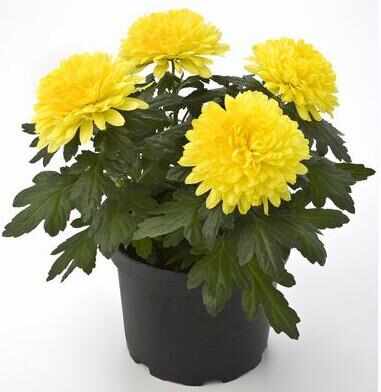 Toxicity: Garden mums can be toxic to cats and dogs.
Toxicity: Garden mums can be toxic to cats and dogs.
Eliminates: Formaldehyde, Xylene, Benzene and Ammonia
Florist’s mums are considered air-purifying champions eliminating common air toxins, even ammonia. These popular and inexpensive flowering plants however bloom for only about six weeks and without the flowers they won’t be purifying the air. In addition, they require extra care when it comes to watering and room temperature, preferring cool temperatures.
Spider Plant (Chlorophytum comosum)
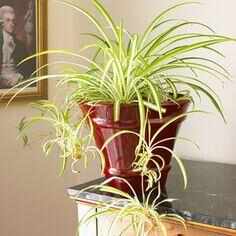
Toxicity: Safe for kids and animals
Eliminates: Formaldehyde and Xylene
If gardening is not your forte, Spider plants are the best bet for you. Among the easiest houseplants to grow with over 200 species, these plants (also called air plants) grow quickly and look great with their bright white blossoms. With little watering requirement and some bright, indirect sunlight your spider plant can quickly off-shoot into baby spider plants or spiderettes.
Dracaena (Dracaena reflexa)
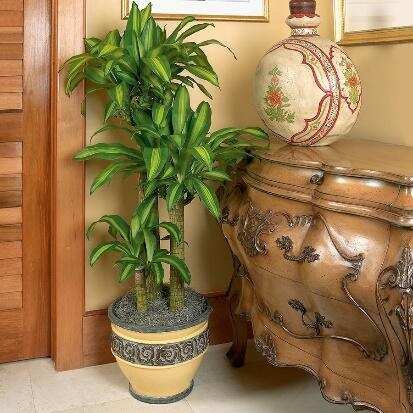
Toxicity: Toxic to cats & dogs. May result in vomiting, excessive salivation or pupil dilation if consumed.
Eliminates: Formaldehyde, Xylene, Benzene, Toluene and Trichloroethylene
Dracaena, a common foliage plant with long and wide white- or red-rimmed leaves, are any newbie gardener’s dream. Available in over 40 different varieties of all shapes, sizes and colours, these plants grow best in damp soil. Take care that the soil is not soggy as it may spell death for the plant.
Weeping Fig (Ficus benjamina)
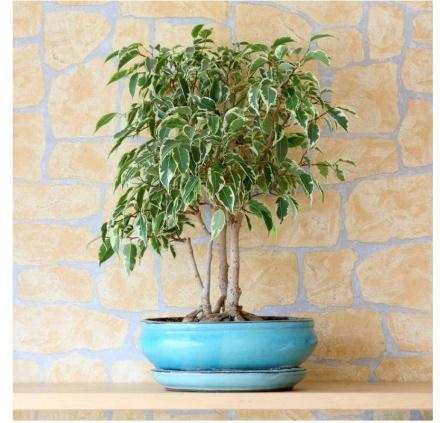
Toxicity: Extremely toxic to animals. May result in vomiting, excessive salivation or oral irritation if ingested.
Eliminates: Formaldehyde, Xylene and Toluene
Native to south-east Asia, this low-maintenance, evergreen, hardy houseplant has excellent air-purifying abilities. Commonly known as a Weeping Fig, this plant thrives well indoors, growing to a height of almost 10-ft, given bright, indirect natural light and dry-to-moist soil. It grows best in warmer environments with a relative humidity level above 50%.
Peace Lily (Spathiphyllum)
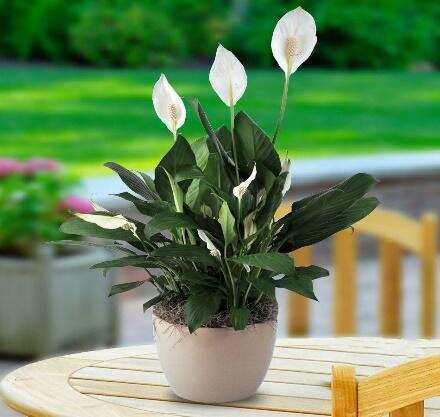 Toxicity: Extremely toxic to pets, children and even adults. Can cause burning, skin irritation and swelling.
Toxicity: Extremely toxic to pets, children and even adults. Can cause burning, skin irritation and swelling.
Eliminates: Formaldehyde, Xylene, Benzene, Trichloroethylene, Ammonia and certain VOCs emitted by harsh cleaning productsThese plants come packed with major air-cleansing abilities and are among the top three plants that can remove common household toxins, including ammonia. Relatively small, these plants are easy to grow even in low-light conditions, typically blossoming into small, white seashell-shaped spathes during summers. Best suited to a shady corner of the room, in a pot full of slightly moist soil. Just beware, as these plants can contribute to humidity due to their high transpiration rate as well as some pollen and floral scents to the air.
Boston Fern (Nephrolepis exaltata)
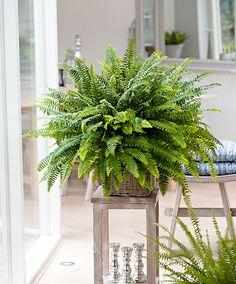
Toxicity: Safe and non-toxic to feline and other pets.
Eliminates: Formaldehyde, Xylene and Benzene
Boston ferns are highly efficient in removing almost all indoor air contaminants, but best when it comes to formaldehyde and your common garage exhaust. These plants are relatively easy to grow and maintain and thrive well in cooler temperatures, high humidity and indirect light. But, you do need to keep them moist, so give them a good soak regularly.
Snake Plant (Sansevieria trifasciata)
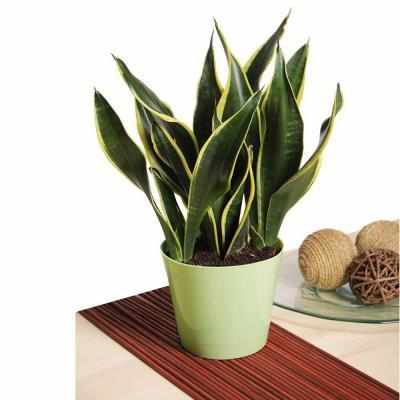
Toxicity: Toxic to pets if ingested.
Eliminates: Formaldehyde, Xylene, Benzene, Nitrogen oxide and Trichloroethylene
Mother-in-Law’s Tongue, as it is popularly known as, this native Western African evergreen perennial is one of the best air-purifying plants for improving the quality of indoor air and the toughest houseplants to kill. This low-maintenance houseplant can absorb almost all airborne toxins and makes an excellent indoor plant as it can endure low light for days at end, even though it flourishes in bright light, with low watering requirements. In fact, excessive watering may lead to root rotting.
Bamboo Palm (Chamaedorea seifrizii)
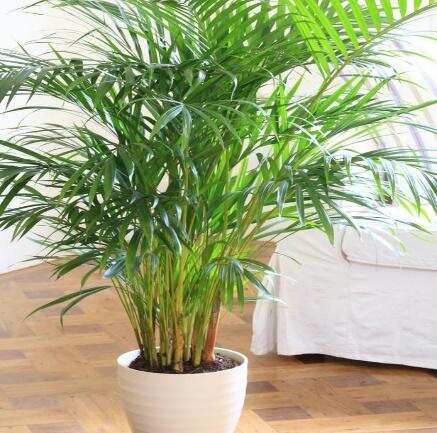
Toxicity: Safe and non-toxic to pets or kids.
Eliminates: Formaldehyde, Xylene, Benzene, Carbon Monoxide, Chloroform, and more
This air-purifying indoor plant that grows to almost 12-ft height is a superstar at filtering formaldehyde. Easy to care for, these palms thrive well in bright, indirect sunlight but cooler temperatures (60-75°F) and well-ventilated interiors. These palms are particularly good at removing a variety of air pollutants, making them a welcome addition to indoors, especially during winters due to their characteristic of transpiring quite some moisture into the air.
Areca palms (Chrysalidocarpus lutescens)
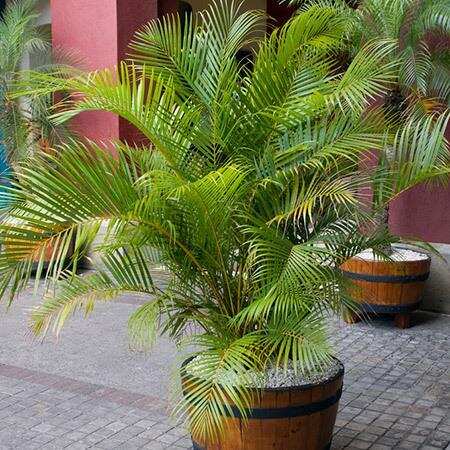
Toxicity: Safe and non-toxic to pets or kids.
Eliminates: Formaldehyde, Trichloroethylene, Xylene, Benzene, Carbon Monoxide and more
Though this small plant, native to Madagascar, with its graceful arching leaves is easier grown outdoors, it makes a perfect addition to well-lit interiors too. Just remember that this plant needs plenty of water to grow, especially during the dry season.
Golden Pothos (Epipremnum aureum)
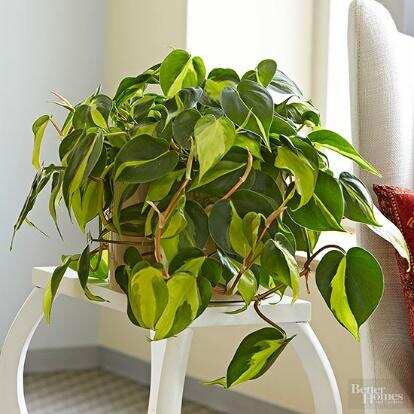
Toxicity: Toxic to cats & dogs.
Eliminates: Formaldehyde, Xylene, Benzene, Toluene, Carbon Monoxide and more
Though not a great formaldehyde removers, it is relatively effective in removing a variety of common air pollutants. Quite a sturdy plant that can tolerate neglect and even over-watering, Golden pathos, or devil’s ivy as it is popularly known, is the perfect plant for starters without much gardening experience as it can flourish in a variety of conditions.
While these plants can help you with fighting indoor air pollution, one must choose with care if you have pets at home as some of these plants may be toxic to them. Be sure to drain the planter to remove the excess water regularly to avoid increased indoor humidity and mold growth.
So, take your pick now!
.jpg)
